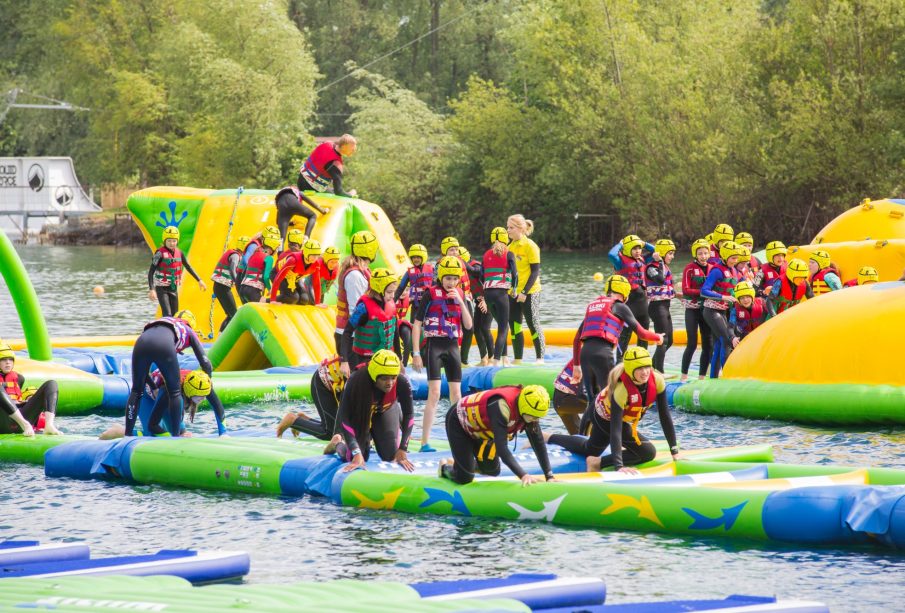The Rise of Liquid Leisure: Current Trends and Impact

Introduction to Liquid Leisure
Liquid leisure has emerged as a significant trend in today’s recreational landscape, reflecting a societal shift towards water-based activities and relaxation. This concept encapsulates diverse pursuits that occur around or in water, such as swimming, boating, and water sports. With increasing wellness awareness and post-pandemic social behaviour, the significance of liquid leisure continues to grow. This article delves into the current trends in liquid leisure and examines its relevance in modern lifestyles.
Current Trends in Liquid Leisure
As summer approaches in the UK, local beaches, lakes, and rivers witness a surge of enthusiasts eager to embrace liquid leisure activities. According to the latest research by the Outdoor Industries Association, participation in outdoor water-based activities increased by approximately 25% in the past two years, particularly among families and young adults. Water sports such as kayaking, paddleboarding, and wakeboarding have gained immense popularity, coupled with the installation of artificial lakes and water facilities around urban areas, creating accessible environments for all.
A significant driving factor behind this trend is the pandemic, which led many to seek socially distanced, outdoor activities. Experiences that promote connection to nature have become increasingly valued. Consequently, many people have invested in personal watercraft, contributing to a spike in water sports equipment sales. Event organisers have also noted a rise in community events centred around liquid leisure, such as regattas, beach festivals, and open-water swimming races.
The Impact of Liquid Leisure on Lifestyle
Liquid leisure not only enhances physical well-being but also fosters mental health along with social connections. With studies highlighting the positive effects of water activities on reducing stress and improving overall mood, many are incorporating leisure time by the water into their daily routines. Furthermore, towns and cities are recognising the economic potential of liquid leisure, leading to investments in waterfront areas and facilities to attract more visitors and local residents alike.
Conclusion and Future Outlook
In conclusion, liquid leisure represents an exciting and vital element of contemporary lifestyle choices. The rise in water-based recreational activities signifies a shift towards holistic health, community engagement, and sustainable leisure practices. Moving forward, these trends are expected to influence urban planning and tourism strategies, with a focus on creating accessible water-friendly environments. By expanding options for liquid leisure, communities can enhance the quality of life for residents and visitors alike, contributing to a healthier society and more vibrant economy.








